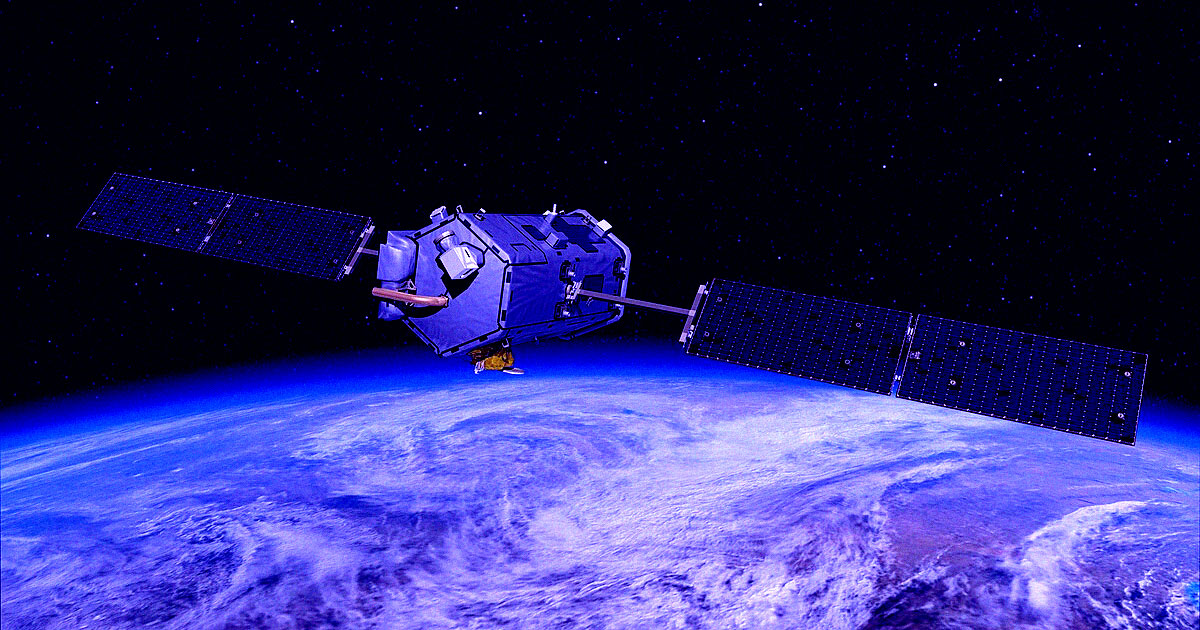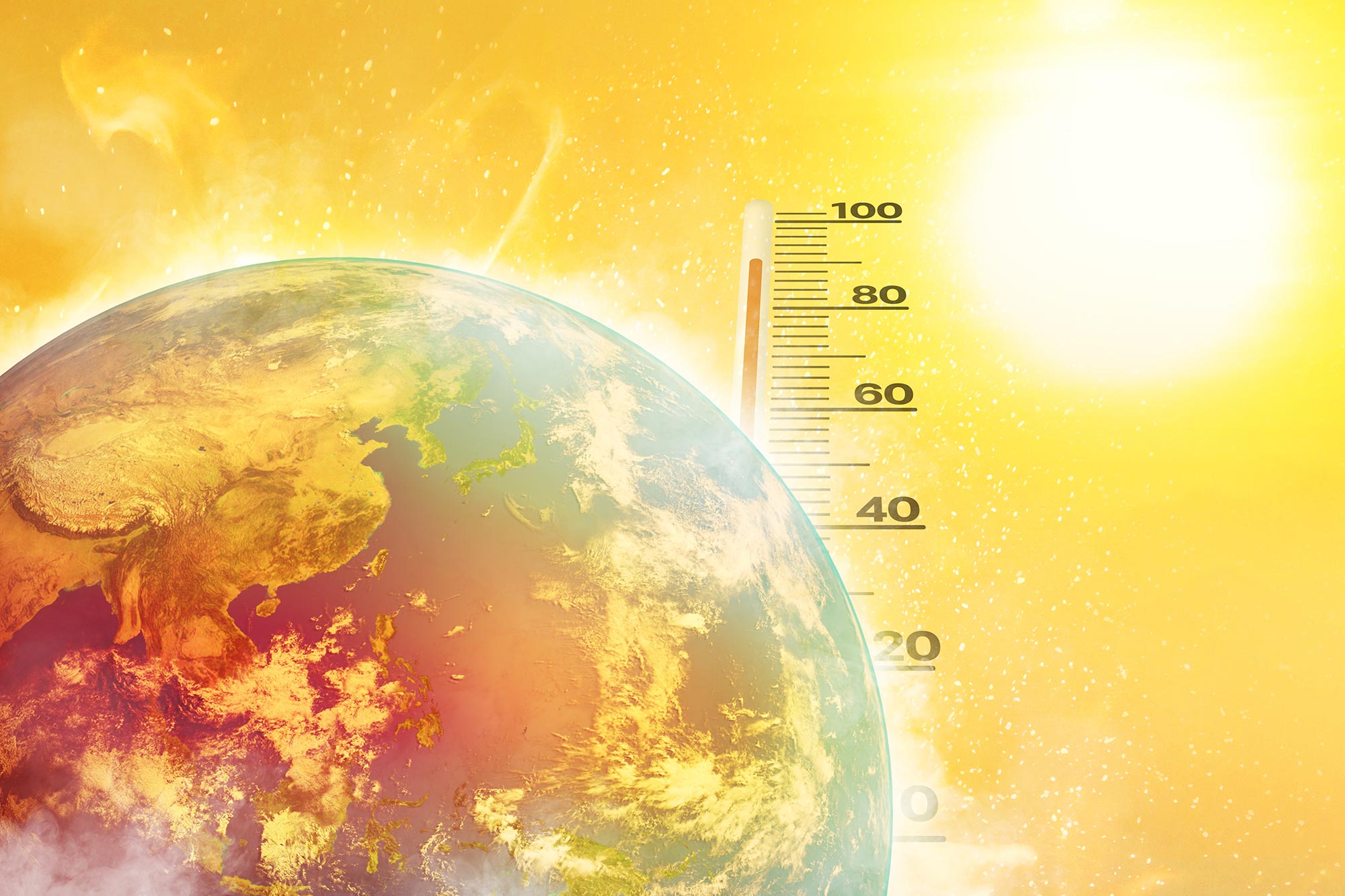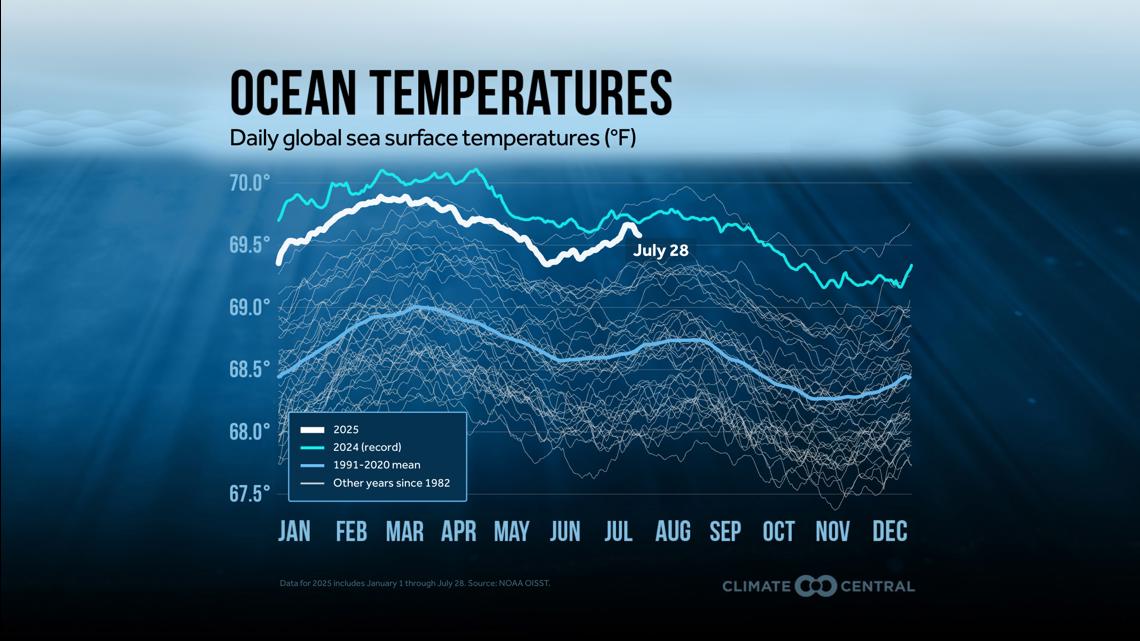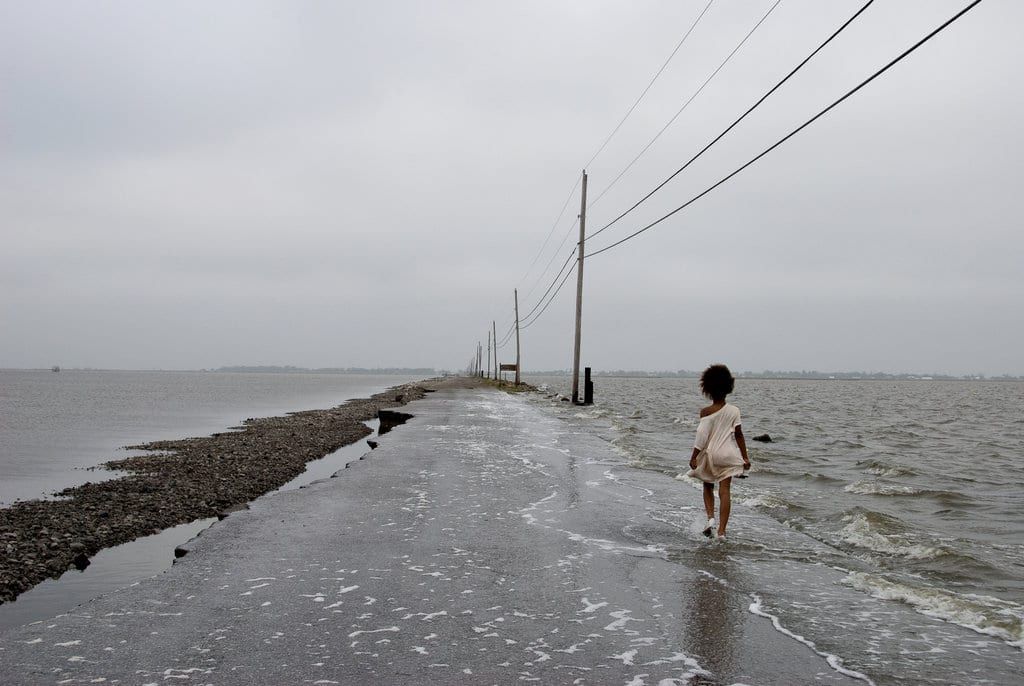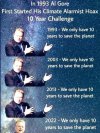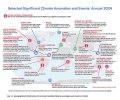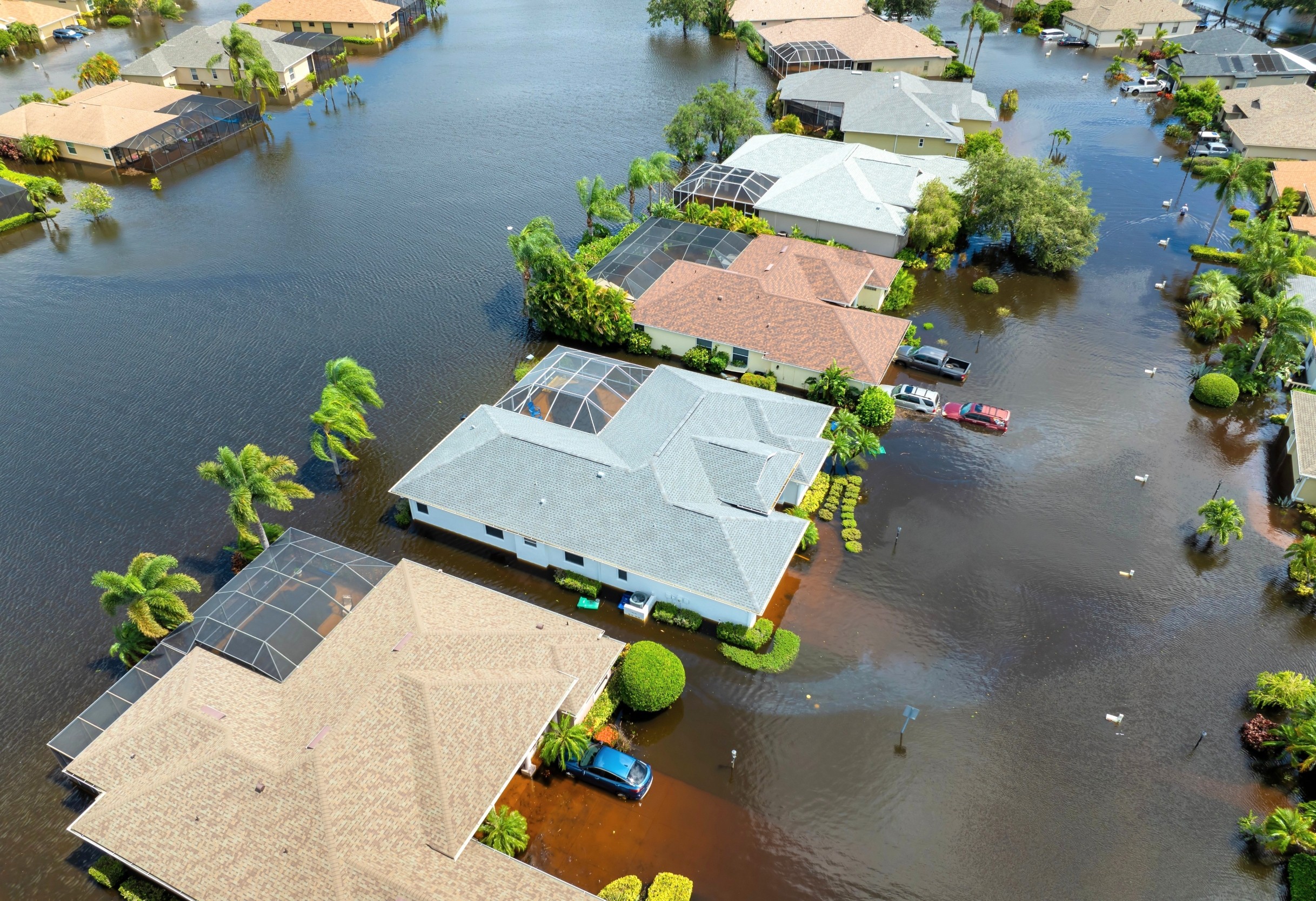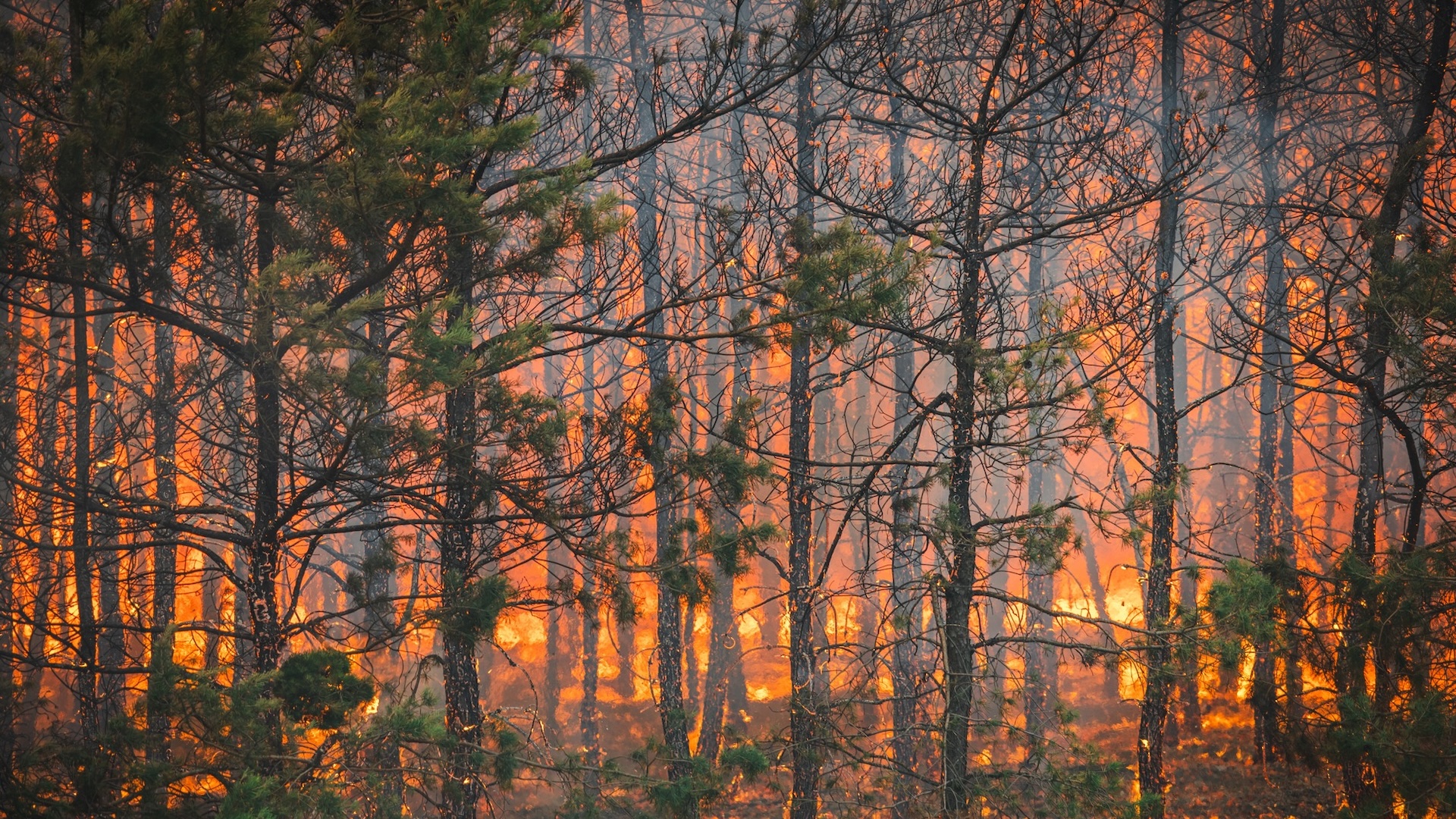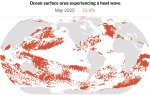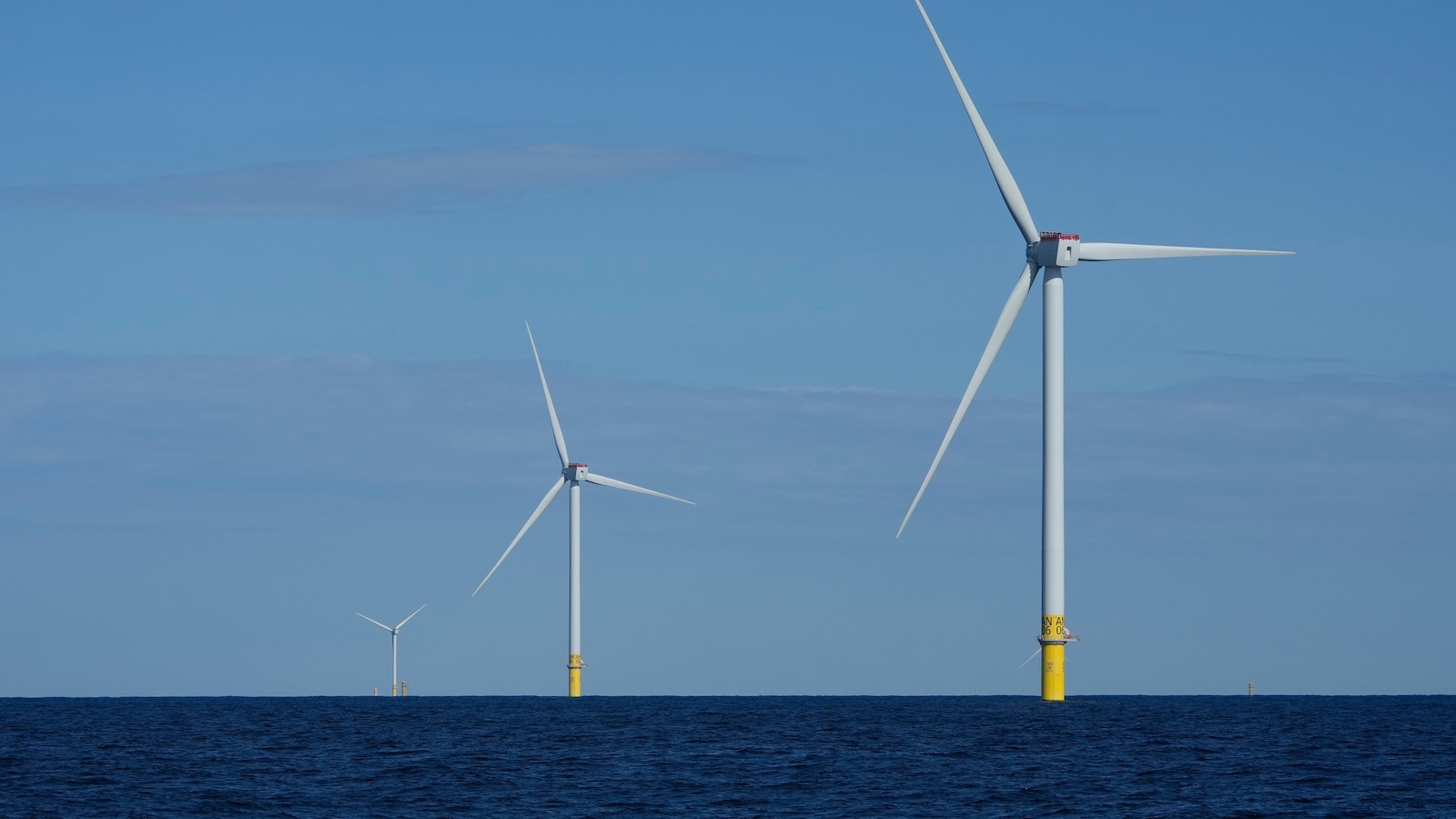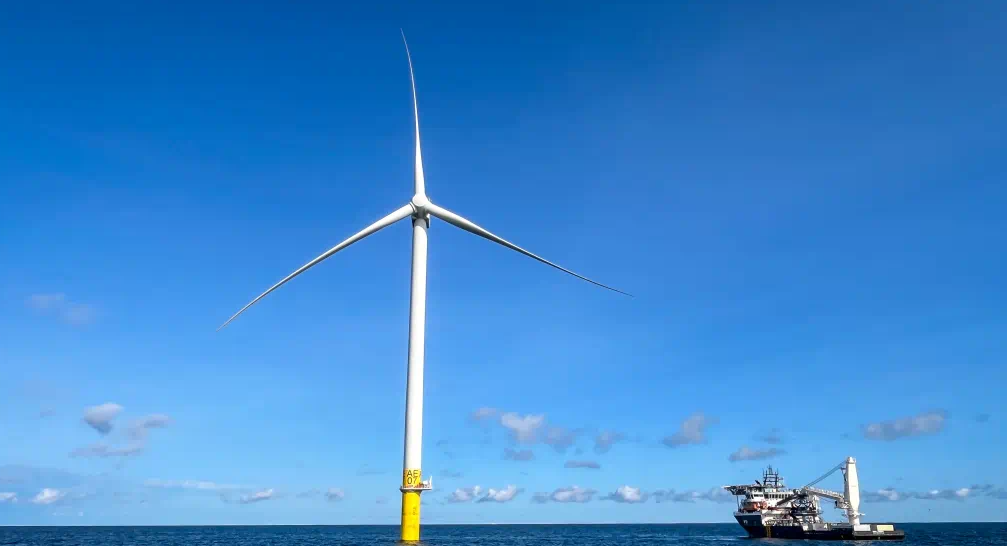Red
Well-Known Member
Seems like a natural entry for this climate change thread. I think it’s actually an even more natural entry in the New Dark Age thread. The administration’s climate report is 100% pseudoscience. Based on debunked claims. A report that demonstrates this administration is an enemy of human knowledge. And that’s 100% “dark ages” stuff. This is on the level of “Trump says the world really is flat, and his latest EO instructs all new maps to reflect this”.
But, here it is in the climate thread….
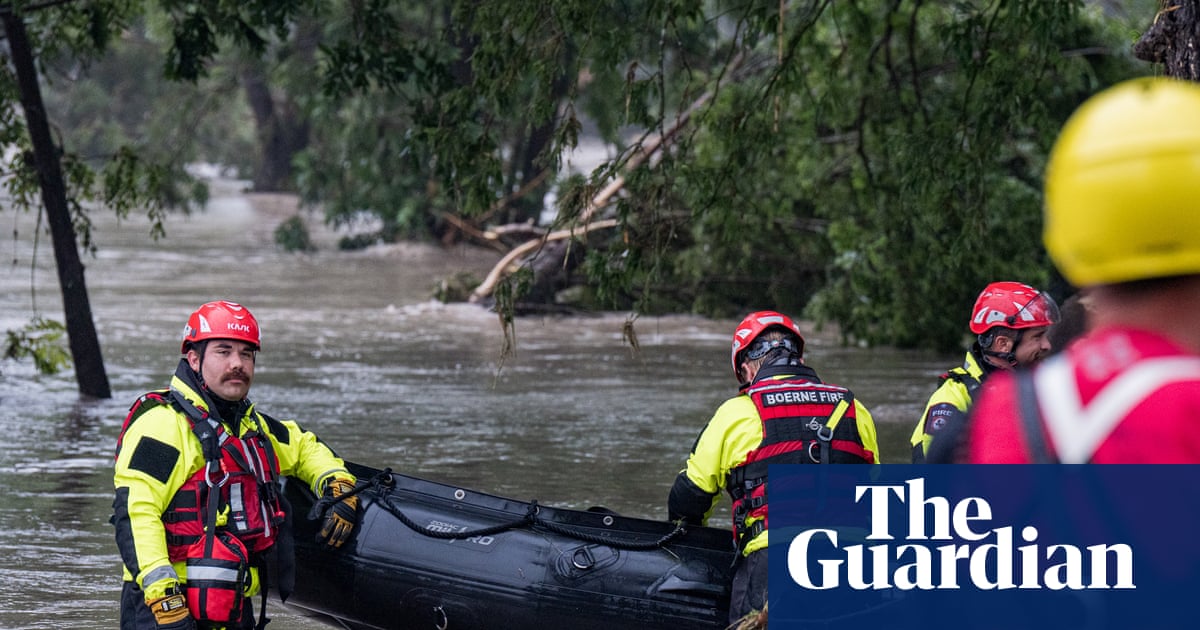
 www.theguardian.com
www.theguardian.com
A new Trump administration report which attempts to justify a mass rollback of environmental regulations is chock-full of climate misinformation, experts say.
On Tuesday, the Environmental Protection Agency (EPA) announced a proposal to undo the 2009 “endangerment finding”, which allows the agency to limit planet-heating pollution from cars and trucks, power plants and other industrial sources. Hours later, the Department of Energy (DOE) published a 150-page report defending the proposal, claiming scientific concern about the climate crisis is overblown.
“Climate change is a challenge – not a catastrophe,” wrote the energy secretary, Chris Wright, in the report’s introduction.
The esteemed climate scientist Michael Mann said the report was akin to the result he would expect “if you took a chatbot and you trained it on the top 10 fossil fuel industry-funded climate denier websites”.
The energy department published the report hours after the EPA announced a plan to roll back 2009’s “endangerment finding”, a seminal ruling that provided the legal basis for the agency to regulate climate-heating pollution under the Clean Air Act. If finalized, the move would topple virtually all US climate regulation.
In a Fox News interview, Wright claimed the report pushed back on the “cancel culture Orwellian squelching of science”. But Naomi Oreskes, a history of science professor at Harvard University and expert in climate misinformation, said its true purpose was to “justify what is a scientifically unjustifiable failure to regulate fossil fuels”.
“Science is the basis for climate regulation, so now they are trying to replace legitimate science with pseudoscience,” she said…..
……Mainstream climate scientists, however, condemned the findings as distorted and inaccurate. “This is a report written by a couple of scientists who are outliers in their arguments for climate change,” said Natalie Mahowald, a climate scientist at Cornell University. “This document does in no way depreciate the value of previous assessments, but rather just cherrypicks the literature to pretend to create a new review.”
Mahowald said the lack of peer review meant it was “obviously not as robust” as the IPCC report or the US government’s periodic national climate assessment, which the Trump administration recently took offline. The latest national climate assessment, compiled by a dozen government agencies and outside scientists in 2023, concluded that the “effects of human-caused climate change are already far-reaching and worsening across every region of the United States”
“If almost any other group of scientists had been chosen, the report would have been dramatically different,” Andrew Dessler, a climate researcher at Texas A&M University, said of the new report. “The only way to get this report was to pick these authors.”
Hausfather agreed that the authors’ work “might represent their views but is not consistent with the broader scientific literature on climate change”. He was among the scientists whose work the authors cited.
The new paper includes a chart from a 2019 report which he led, claiming it demonstrates how climate models “consistently overestimated observations” of atmospheric carbon. But Hausfather’s research actually showed that climate models have performed well.
“They appear to have discarded the whole paper as not fitting their narrative, and instead picked a single figure that was in the supplementary materials to cast doubt on models when the whole paper actually confirmed how well they have performed in the years after they were published,” he said. The energy department did not respond to a request for comment about Hausfather’s concerns.
That approach to research seems to underpin the entire paper, said Hausfather, who is also the climate research lead at tech company Stripe.
“This is a general theme in the report; they cherrypick data points that suit their narrative and exclude the vast majority of the scientific literature that does not,” he said.
(THIS: the administrations climate report should be titled: “In Defense of Carbon Dioxide”):
“The report they produced should be thought of as a law brief from attorneys defending their client, carbon dioxide,” Dessler said. “Their goal is not to weigh the evidence fairly but to build the strongest possible case for CO2’s innocence.”
The lack of peer review in the administration’s report led to conclusions that deviated, sometimes wildly, from the scientific literature. Many of its claims are based on long-debunked research long promoted by climate deniers, said Mann.
“It is shop worn, decades-old, discredited climate denier talking points, dressed up in the clothing of some sensible new set of revelations,” he said. “What’s different is that it has the imprimatur of the EPA and the federal government now.”
The report, for instance claims that warming trends have been overstated, despite evidence to the contrary. It was published as extreme heat is affecting millions of Americans.
“They’re literally trying to tell us not to believe what we see with our own two eyes … and instead buy into their denialist framing that rejects not just the science, but what is plainly evident if you look out your window,” said Mann.
————————————————————————————————
All part of Project 2025, as described in this paper. I personally doubt we will avoid the worst effects of a warming planet, but Project 2025, and Trump’s climate report are an effort to help ensure the Earth will be less hospitable to human life as the 21st century unfolds.
But, here it is in the climate thread….

Scientists slam Trump administration climate report as a ‘farce’ full of misinformation
Experts say the report being used to justify the mass rollback of climate regulations has many claims based on long-debunked research
A new Trump administration report which attempts to justify a mass rollback of environmental regulations is chock-full of climate misinformation, experts say.
On Tuesday, the Environmental Protection Agency (EPA) announced a proposal to undo the 2009 “endangerment finding”, which allows the agency to limit planet-heating pollution from cars and trucks, power plants and other industrial sources. Hours later, the Department of Energy (DOE) published a 150-page report defending the proposal, claiming scientific concern about the climate crisis is overblown.
“Climate change is a challenge – not a catastrophe,” wrote the energy secretary, Chris Wright, in the report’s introduction.
The esteemed climate scientist Michael Mann said the report was akin to the result he would expect “if you took a chatbot and you trained it on the top 10 fossil fuel industry-funded climate denier websites”.
The energy department published the report hours after the EPA announced a plan to roll back 2009’s “endangerment finding”, a seminal ruling that provided the legal basis for the agency to regulate climate-heating pollution under the Clean Air Act. If finalized, the move would topple virtually all US climate regulation.
In a Fox News interview, Wright claimed the report pushed back on the “cancel culture Orwellian squelching of science”. But Naomi Oreskes, a history of science professor at Harvard University and expert in climate misinformation, said its true purpose was to “justify what is a scientifically unjustifiable failure to regulate fossil fuels”.
“Science is the basis for climate regulation, so now they are trying to replace legitimate science with pseudoscience,” she said…..
……Mainstream climate scientists, however, condemned the findings as distorted and inaccurate. “This is a report written by a couple of scientists who are outliers in their arguments for climate change,” said Natalie Mahowald, a climate scientist at Cornell University. “This document does in no way depreciate the value of previous assessments, but rather just cherrypicks the literature to pretend to create a new review.”
Mahowald said the lack of peer review meant it was “obviously not as robust” as the IPCC report or the US government’s periodic national climate assessment, which the Trump administration recently took offline. The latest national climate assessment, compiled by a dozen government agencies and outside scientists in 2023, concluded that the “effects of human-caused climate change are already far-reaching and worsening across every region of the United States”
“If almost any other group of scientists had been chosen, the report would have been dramatically different,” Andrew Dessler, a climate researcher at Texas A&M University, said of the new report. “The only way to get this report was to pick these authors.”
Hausfather agreed that the authors’ work “might represent their views but is not consistent with the broader scientific literature on climate change”. He was among the scientists whose work the authors cited.
The new paper includes a chart from a 2019 report which he led, claiming it demonstrates how climate models “consistently overestimated observations” of atmospheric carbon. But Hausfather’s research actually showed that climate models have performed well.
“They appear to have discarded the whole paper as not fitting their narrative, and instead picked a single figure that was in the supplementary materials to cast doubt on models when the whole paper actually confirmed how well they have performed in the years after they were published,” he said. The energy department did not respond to a request for comment about Hausfather’s concerns.
That approach to research seems to underpin the entire paper, said Hausfather, who is also the climate research lead at tech company Stripe.
“This is a general theme in the report; they cherrypick data points that suit their narrative and exclude the vast majority of the scientific literature that does not,” he said.
(THIS: the administrations climate report should be titled: “In Defense of Carbon Dioxide”):
“The report they produced should be thought of as a law brief from attorneys defending their client, carbon dioxide,” Dessler said. “Their goal is not to weigh the evidence fairly but to build the strongest possible case for CO2’s innocence.”
The lack of peer review in the administration’s report led to conclusions that deviated, sometimes wildly, from the scientific literature. Many of its claims are based on long-debunked research long promoted by climate deniers, said Mann.
“It is shop worn, decades-old, discredited climate denier talking points, dressed up in the clothing of some sensible new set of revelations,” he said. “What’s different is that it has the imprimatur of the EPA and the federal government now.”
The report, for instance claims that warming trends have been overstated, despite evidence to the contrary. It was published as extreme heat is affecting millions of Americans.
“They’re literally trying to tell us not to believe what we see with our own two eyes … and instead buy into their denialist framing that rejects not just the science, but what is plainly evident if you look out your window,” said Mann.
————————————————————————————————
All part of Project 2025, as described in this paper. I personally doubt we will avoid the worst effects of a warming planet, but Project 2025, and Trump’s climate report are an effort to help ensure the Earth will be less hospitable to human life as the 21st century unfolds.
Last edited:

